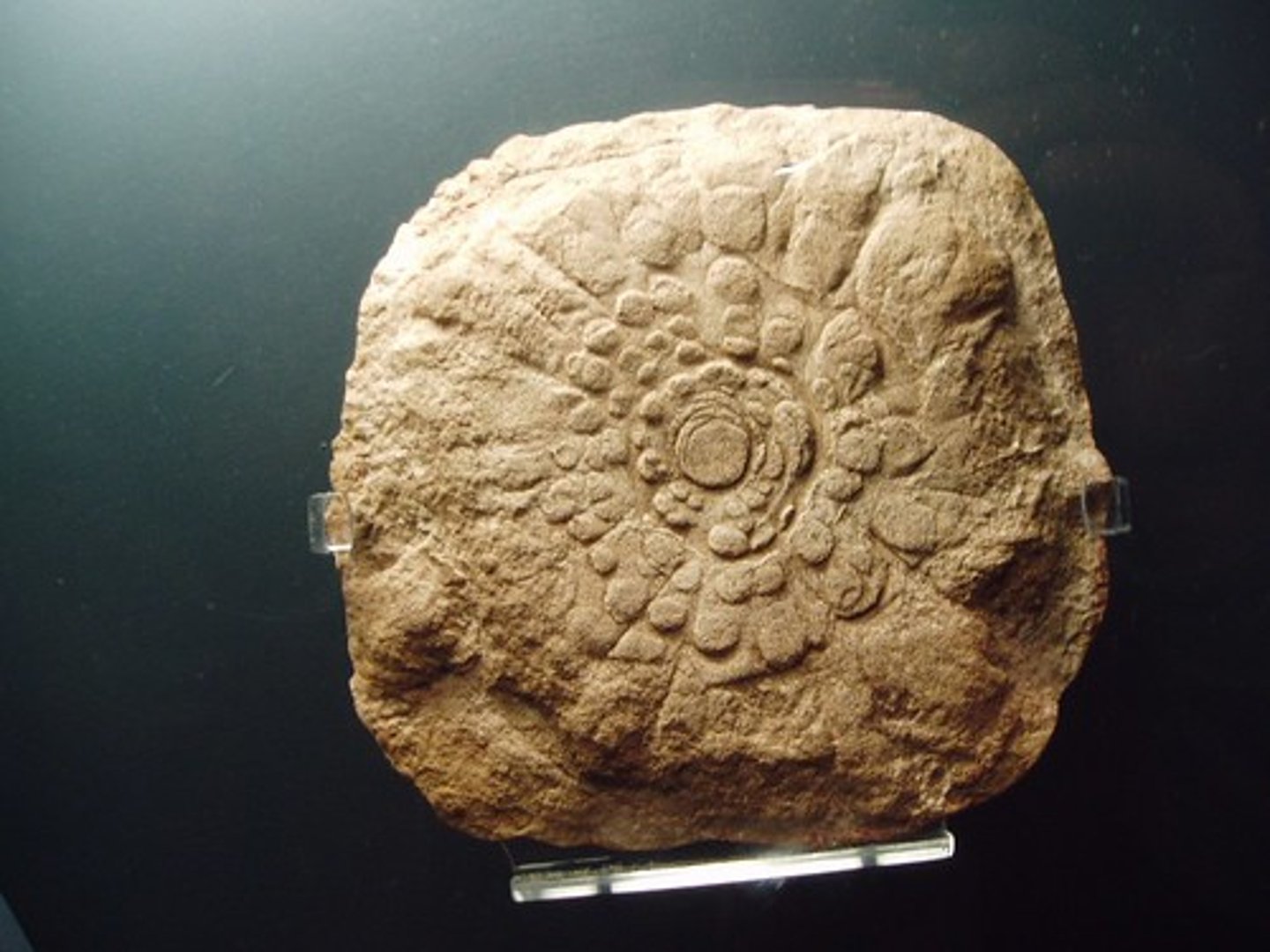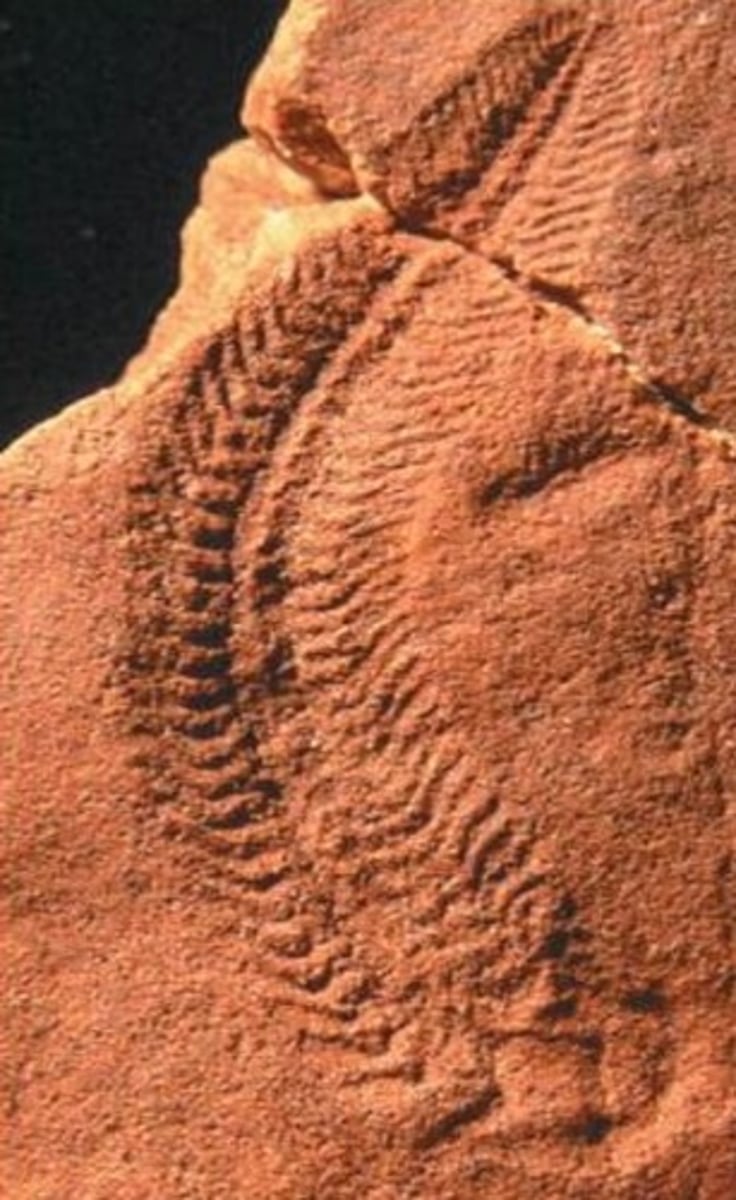Zoo-Lab (Sem-1) Chapter 6: An Introduction to Animal Diversity
1/43
There's no tags or description
Looks like no tags are added yet.
Name | Mastery | Learn | Test | Matching | Spaced |
|---|
No study sessions yet.
44 Terms
animals
multicellular, heterotrophic eukaryotes with tissues that develop embryonic layers; over 1.3 million living species identified; lack cell walls; held together by structural proteins such as collagen; uniquely have nervous and muscle tissue; mostly reproduce sexually
diploid stage
dominates the life cycle of animals
cleavage
rapid cell division of zygote after fertilization
blastula
hollow ball of cells formed during cleavage
gastrulation; gastrula
the blastula undergoes ____________, forming a ________ with different layers of embryonic tissues
larva
sexually immature and morphologically distinct from the adult; it eventually undergoes metamorphosis
metamorphosis
a biological change of form
Hox genes
found in all animals and only animals; regulate the development of body form
675 and 875 million years ago
when the common ancestor of living animals may have lived
choanoflagellates
protists that are the closest living relatives of animals that resembled the common ancestor of all living animals
Mawsonites spriggi
consist of a rounded diamond shape, made up from lobes radiating out from a central circle roughly 12 cm in diameter

Spriggina floundersi
the official fossil emblem of South Australia; it has been found nowhere else

Cambrian explosion (535-525 MYA)
marks the earliest fossil appearance of many major groups of living animals
new predator-prey relationships; rise in atmospheric oxygen; evolution of the Hox gene complex
hypothesized cause of the Cambrian explosion
Mesozoic Era (251-65.5 MYA)
animals began to make land impact by 460 MYA; vertebrates reached land (360 MYA); emergence of coral reefs; dinosaurs were the dominant terrestrial vertebrates; first mammals emerged
Cenozoic Era (65.5 MYA - Present)
mass extinctions of both terrestrial and marine animals; extinctions included the large, nonflying dinosaurs and the marine reptiles; diversification of modern mammal orders and insects
body plan
a way to categorize animals; a set of morphological and developmental traits
grade
a group whose members share key biological features
symmetry
a way to categorize animals according to the ________ of their bodies, or lack of it
radial symmetry
body plan in which body parts repeat around the center of the body
bilateral symmetry
two-sided symmetry; have a dorsal (top) and ventral (bottom side; a right and left side; anterior (head) and posterior (tail) ends; and cephalization, development of a head
cephalization
development of a head (brain)
ectoderm; endoderm; mesoderm
embryonic germ layers
ectoderm
germ layer covering the embryo's surface
endoderm
innermost germ layer and lines the developing digestive tube, called the archenteron
archenteron
the primitive gastric cavity of an embryo; developing digestive tube
diploblastic
animals with an ectoderm and endoderm
triploblastic
animals with all three embryonic germ layers; includes all bilaterians
mesoderm
middle germ layer; develops into muscles, and much of the circulatory, reproductive, and excretory systems
coelom
true body cavity derived from mesoderm
coelomates
animals that possess a true coelom
pseudocoelom
a body cavity derived from the mesoderm and endoderm
acoelomates
triploblastic animals that lack a body cavity
protostome development
cleavage is spiral and determinate
deuterostome development
cleavage is radial and indeterminate
indeterminate cleavage
each cell in the early stages of cleavage retains the capacity to develop into a a complete embryo; makes possible identical twins and embryonic stem cells
common ancestor
all animals share a ______ ________
basal animals
sponges are _____ _______
Eumatazoa
a clade of animals - eumetazoans with true tissues
Bilateria
a.k.a. bilaterians; where most animal phyla belong to
Deuterostomia
where chordates and other phyla belong to
ecdysis
Ecdysozoans shed their exoskeletons through a process called _______
lophophore
a feeding structure present in lophotrochozoans
trochophore larva
distinctive larval stage observed in some lophotrochozoan animals, including some annelids and molluscs.